'Now David said on that day, “Whoever climbs up by way of the water shaft and defeats the Jebusites…..he shall be chief and captain”…..Then David dwelt in the stronghold and called it the City of David. And David built all around from the Millo and inward. So David went on and became great, and the Lord God of hosts was with him.’…
The stronghold was already recognised as Zion, and David named the city after himself, the City of David. The entry point was the ‘tsinnor,’ a water shaft or conduit above the Gihon Spring (see 2 Samuel 5).
The etymology of the name Zion or Tzion is obscure, but if, as some scholars have suggested, the word is of Hurrian origin, from their word ‘tseya’ for river or brook, it would make perfect sense, because it was the spring and its stream that identified the site and was of vital importance in God’s programme. The Hebrew word, ‘TSINNOR’ (used above in 2 Samuel 5:8) is translated variously in Psalm 42:7 (where its noise is spoken of), as ‘waterspouts’ or ‘cataracts.’
Certainly, by the time of the writing up of David’s conquest, the location of the citadel and settlement above the spring was clearly known as Tzion or Zion.' (End quote)
The pictures below illustrate the TSINNOR or water shaft through which David's commander Joab entered the city.
THE TEMPLE QUEST is available as an e-Book from Kobo, Smashwords, Barnes and Noble and Apple Books (among others). Click on preferred provider above to purchase.
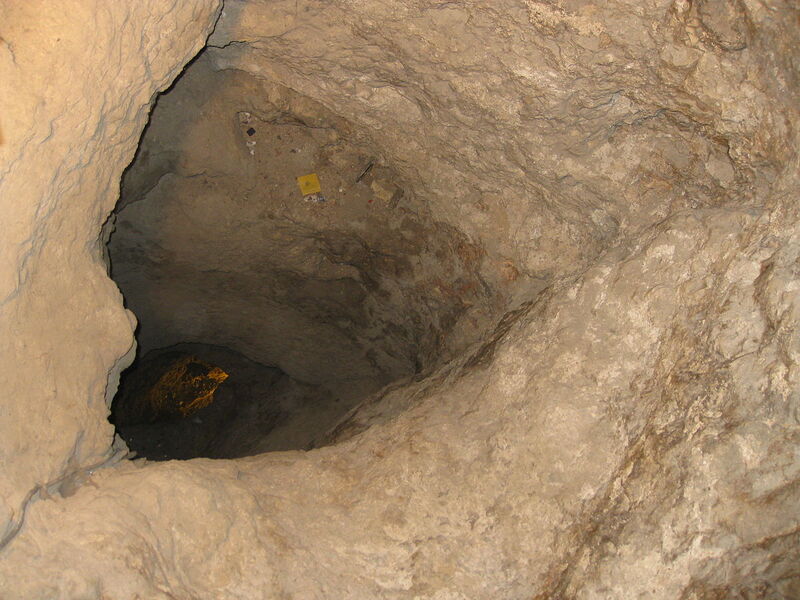
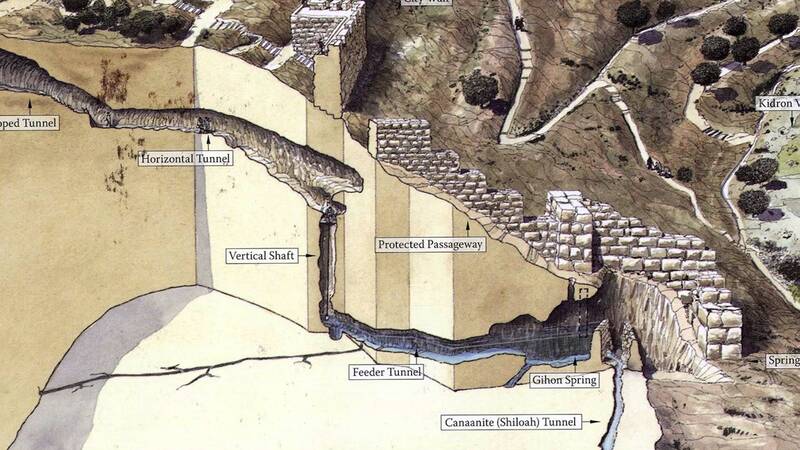
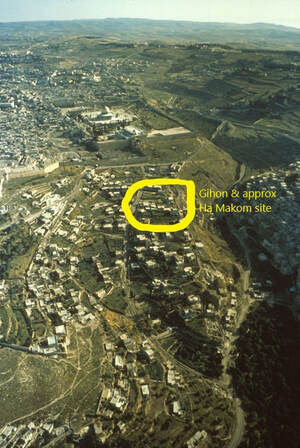
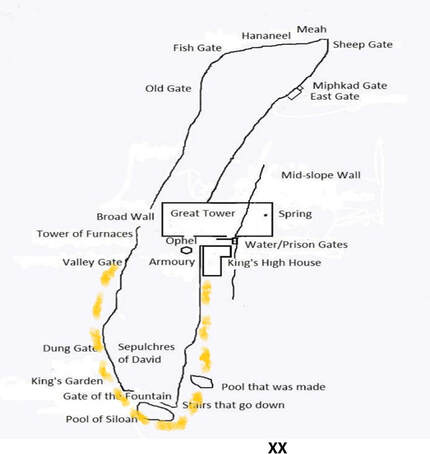
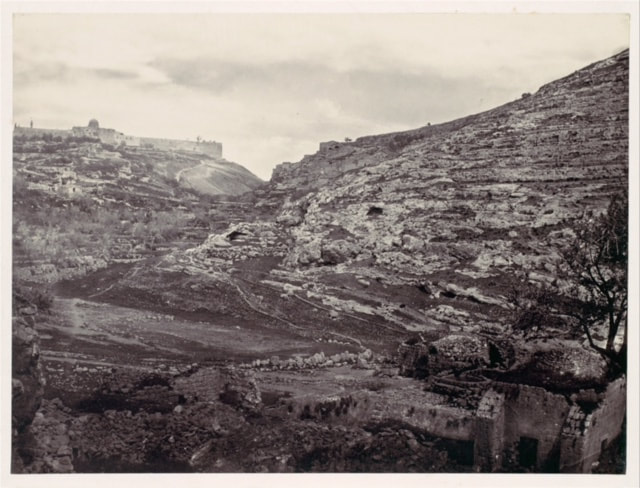
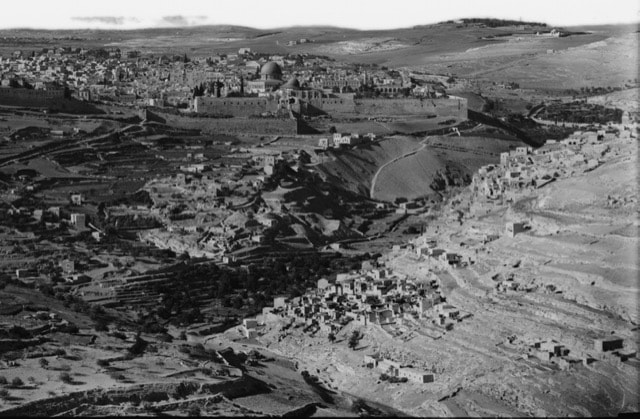
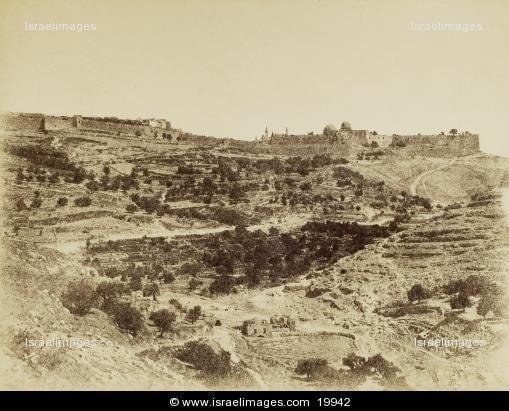
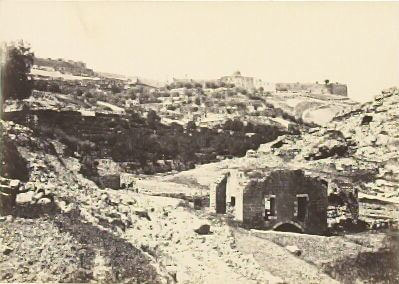
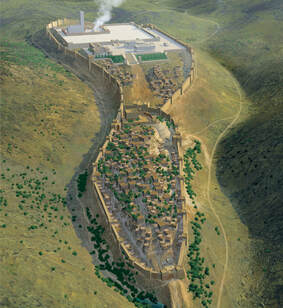
 RSS Feed
RSS Feed
